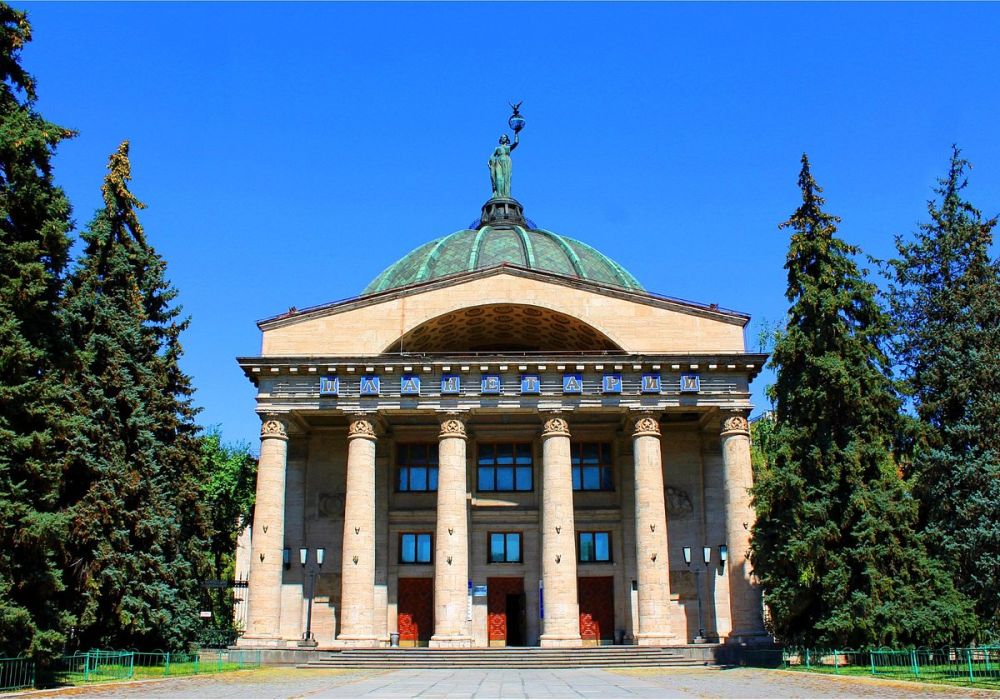

Volgograd, known for its key role in Russian history, is also home to the enchanting Volgograd Planetarium. The best time to visit this astronomical haven is typically during the mild and pleasant periods which extend from late spring to early fall, particularly from May to September. During these months, the weather is congenial for tourism – it’s warm but not excessively hot, and the number of sunny days is conducive to enjoying both the planetarium shows and the surrounding city attractions. Moreover, daylight hours are longer, providing ample opportunity to explore Volgograd's historical sites and beautiful river embankments before or after your visit to the planetarium.
Aside from the weather considerations, cultural festivities and public holidays could also influence your planning. The summer months are packed with events and the city exudes a vibrant atmosphere, which might enhance your travel experience. However, if you prefer avoiding crowds and wish to engage in a more quiet contemplation of the cosmos, aim for the shoulder months of May or September. Do note that the Volgograd Planetarium might have varying schedules and programs on public holidays, thus checking the schedule in advance and making prior arrangements is highly recommended. No matter when you choose to visit, the planetarium offers a mesmerizing, educational experience that makes for a memorable part of any trip to this storied city.
| Month | Min Temp | Max Temp |
|---|---|---|
| January | -10 °c | -3 °c |
| February | -10 °c | -2 °c |
| March | -4 °c | 4 °c |
| April | 3 °c | 14 °c |
| May | 9 °c | 21 °c |
| June | 14 °c | 26 °c |
| July | 17 °c | 29 °c |
| August | 16 °c | 28 °c |
| September | 10 °c | 22 °c |
| October | 4 °c | 13 °c |
| November | -2 °c | 3 °c |
| December | -7 °c | -1 °c |